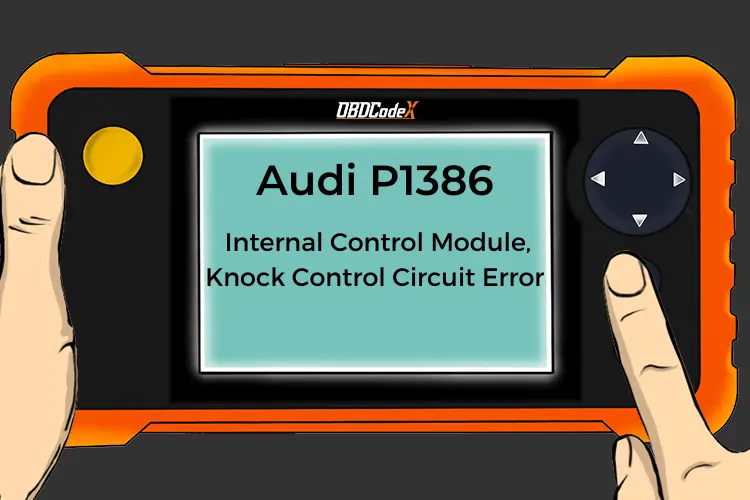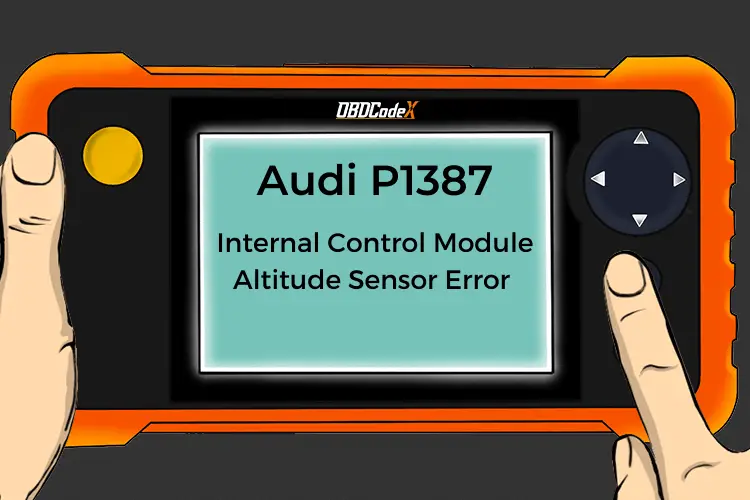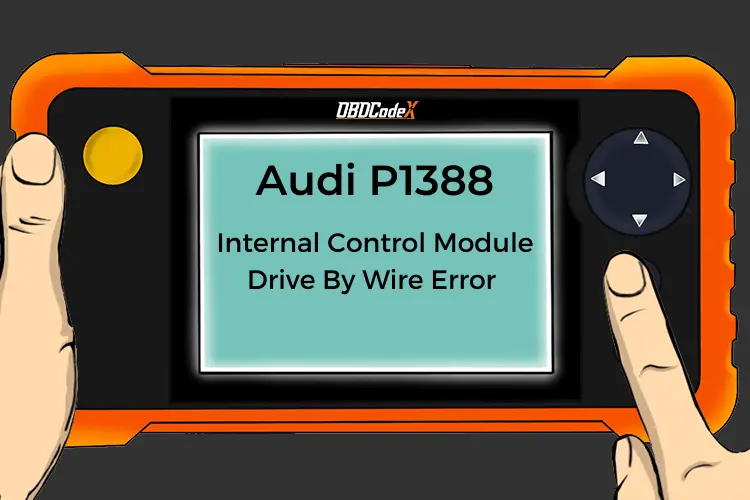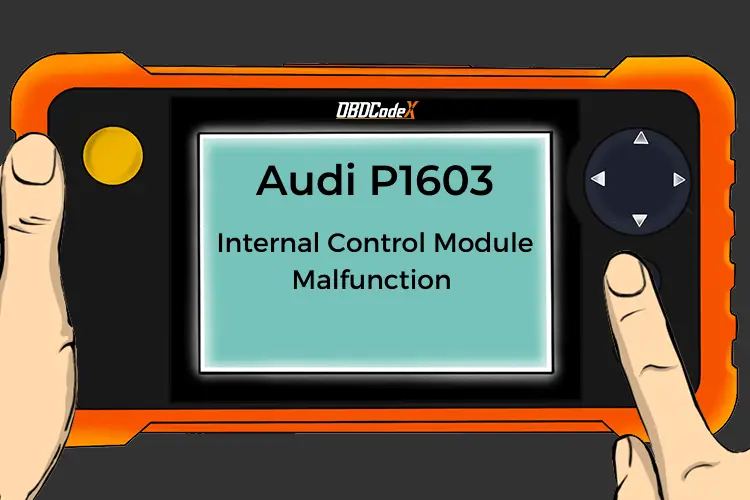U3000: Control Module
Is your scanner showing U3000?
No worries. We'll show you what it means and how to deal with it.
U3000: Control Module
OVERVIEWWhat Does The U3000 Code Mean?
The U3000 Control Module code means that a control module, controller area network (CAN), or wiring system malfunction has been detected. Separate modules are used to monitor and control particular vehicle functions from engine and transmission operation to power steering and lighting functions (and virtually everything in-between).
When the powertrain control module (PCM) detects a problem with the communication network or a voltage variation from any of the other controllers that exceeds maximum allowable limitations, a code will be stored and a malfunction indicator lamp may be illuminated.
The CAN is a type of communication bus, which allows multiple control modules to communicate with one another, without needing a host or master controller. This message based protocol was designed exclusively for use in automotive applications.
The particular control module in question, when a U3000 Control Module code is presented, may differ between manufacturers. While one manufacturer may specify the general electrical module (GEM) another may affix this code to the body control module (BCM), instrument control module (IPC), electronic brake controller (EBC), or any other such controller.
Individual controllers are used to monitor and control virtually every electronic function of the OBD-II equipped vehicle, with the PCM as the monitor of the other controllers. Consult the manufacturer’s service manual (or equivalent) for the vehicle in which the code has been exhibited to determine the module for which the U3000 code is related.
In addition to the various controllers, the CAN is also made-up of a complex web of wiring and connectors. This is used as a pipeline for information that must be shared between controllers.
The severity level of this code will obviously vary between manufacturers and depend upon the particular controller in question.
What Are The Symptoms Of The U3000 Code?
Symptoms of a U3000 network trouble code may include:
- Drivability, or other electrical system issues
- Stored trouble codes
- Service engine soon lamp illumination
- The PCM may also place the affected system in limp-in mode
What Are The Potential Causes Of The U3000 Code?
Potential causes for this code to set are:
- Faulty system power relay
- Corroded, disconnected, or cut electrical wiring and/or connectors
- Defective controller
- Disconnected or broken system ground
- Corroded or loose battery terminal connections
How Can You Fix The U3000 Code?
A good starting point is always to check for technical service bulletins (TSB) for your particular vehicle. Your issue may be a known issue with a known fix put out by the manufacturer and can save you time and money during diagnosis.
I typically begin my diagnosis of code U3000 Control Module with a visual inspection of the battery cables and cable ends before checking the condition of system fuses, circuit breakers, and relays. I might proceed by locating engine and chassis grounds and making sure that they are also secure.
You may use a simple test light or a digital volt/ohmmeter to accomplish these tasks. Excessive battery terminal corrosion, loose cable ends, damaged wiring, or damaged connectors should be repaired prior to condemning any system circuitry or component. I would proceed by retrieving and noting all trouble codes before clearing from the PCM memory and beginning component and circuit testing. Making a note of freeze frame data (if available) may also be helpful.
Contrary to many other codes, the conditions for storing this code relate to very few components. A specialized diagnostic tool, like an AutoHex, is often necessary to correctly diagnose this type of code simply because of the sheer amount of circuitry involved. When testing system fuses and circuit breakers, check for voltage across the circuit protection device when it is under load.
Defective fuses have been known to deceive technicians when they appeared operational under a key-on-engine-off (KOEO) condition but proved defective under a full load. You may use the manufacturer’s service manual to test system power relays but the simplest way to test them is by replacing them with a known good relay. Most vehicles use the same relay for multiple systems, so you can simply swap them as needed for testing and then return them to their original spot when finished (replacing the defective relay with a new one).
Diagnostic Tips:
- Controllers are often replaced in error when this code is exhibited
- Controller replacement should be the last resort when diagnosing this code
- Controller replacement will usually require reprogramming
- Power relays and fuses are the most likely culprits when this code is presented
Recommended Parts
Below are some recommended auto parts to help you address the trouble code affecting your vehicle and get it running smoothly again:
>>> Twippo 372Pcs Waterproof Wire Connectors Kit
>>> KAIWEETS Digital Multimeter
>>> INNOVA 5210
Note: During the purchasing process, please check carefully whether the part you want to buy fits your car!
Reference Sources
U3000 Control Module, OBD-Codes.




